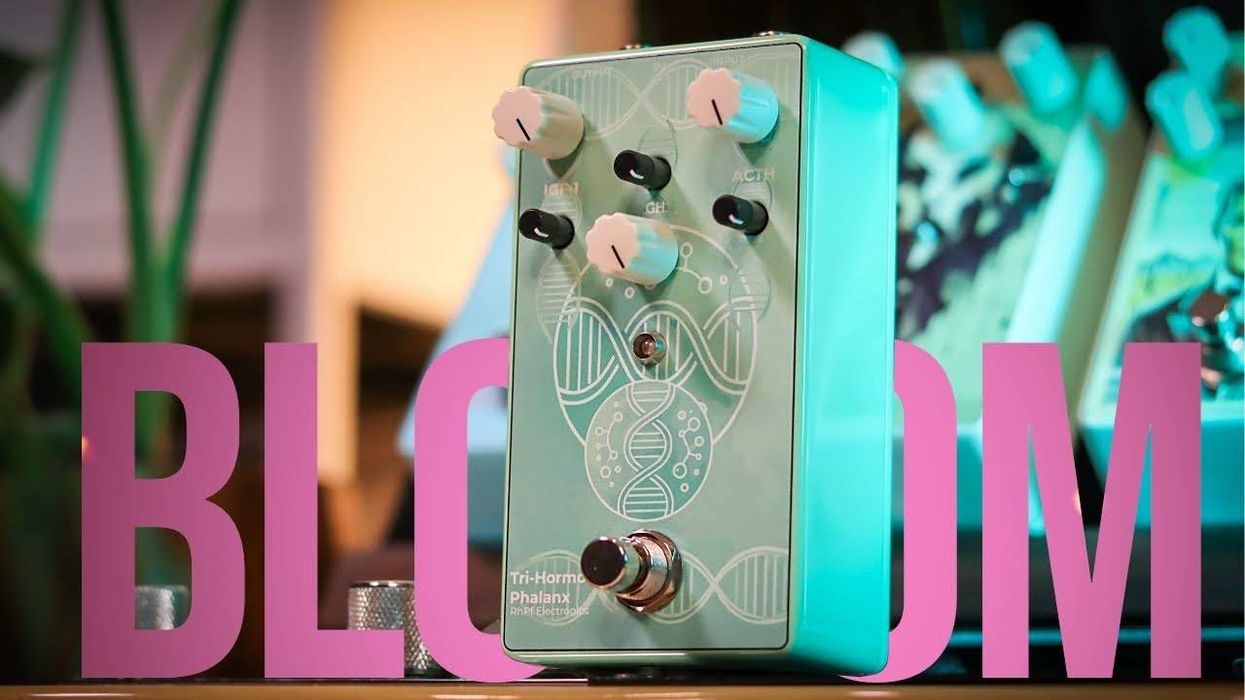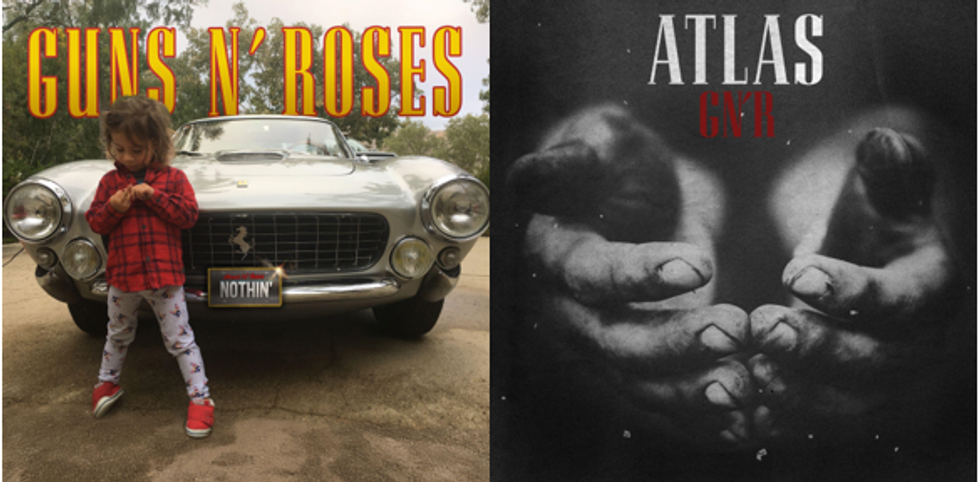If you’ve read this month’s “Sound of Silence” special report, you already know the potential damage that prolonged exposure to high-decibel levels can cause. The good news is that hearing loss is preventable; you just have to take action and do something about it.
So maybe you’ve been living with a ringing in your ears for decades, or maybe you’re just interested in keeping your ears in top condition for a long time to come; check out the following links to find more information on what you can do to ensure a lifetime of listening.
H.E.A.R. (Hearing Education and Awareness for Rockers)
H.E.A.R. began in 1988 after a painfully loud rock concert, and they’ve been fighting to educate musicians on the dangers of high-decibel listening ever since. Check out their website, where you can find gobs of information about preventable hearing loss and receive hearing evaluation referrals.
The Better Hearing Institute (BHI) is a not-for-profit corporation that educates the public about hearing loss and what can be done about it. Head to BHI’s website to find comprehensive coverage on hearing loss and the technological advances that have made treatment possible. If you’ve considered getting a hearing aid, surf on over for some great background information that will help your decision.
Normally when you see a website with the word “free” in the title, you should be a bit wary. Not here; check out FreeHearingTest.com to take a sample hearing test, to hear simulated hearing loss, and to see sample audiograms of various stages of hearing damage. Take the test; you might be surprised what you can’t hear.
Don’t Lose the Music
With a campaign aimed at younger demographics (16-30), the goal of Don’t Lose the Music is to educate people about the dangers of volume levels both at live shows and through the use of mp3 players. Check out the “Get Involved” link to find a ton of downloadable materials – pamphlets and fliers – that you can distribute to spread the word.
Ear Plug Super Store
What good is reading all the research about preventable hearing loss if you don’t do something about it? Do yourself a favor and buy some earplugs, and put ‘em in.















